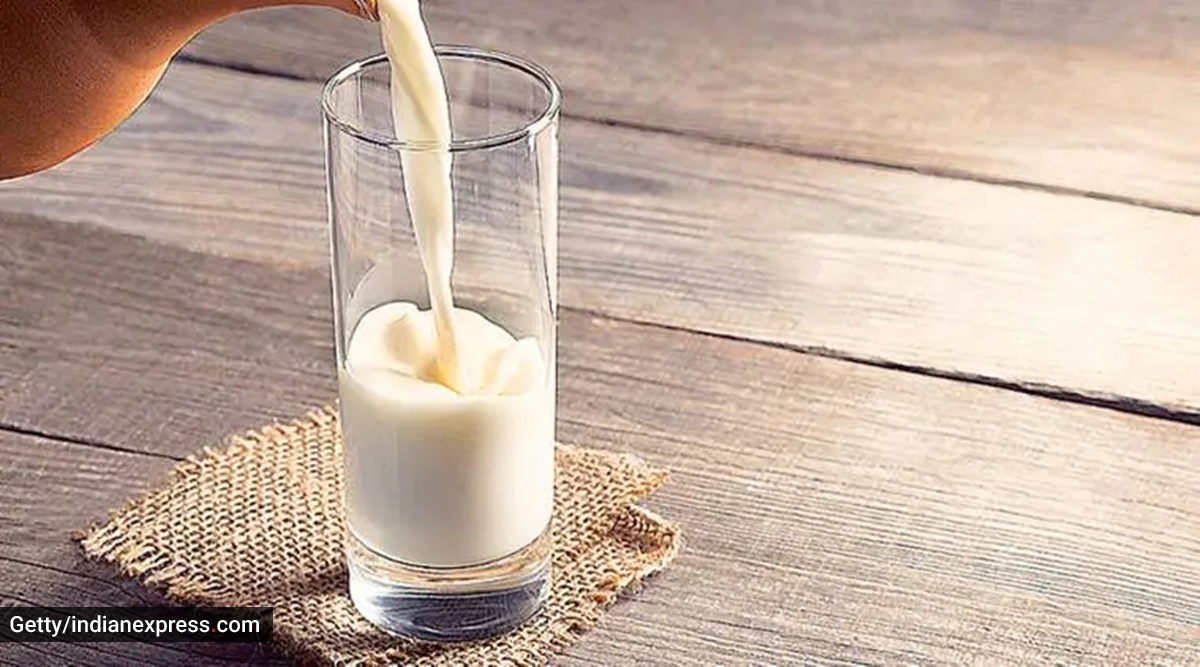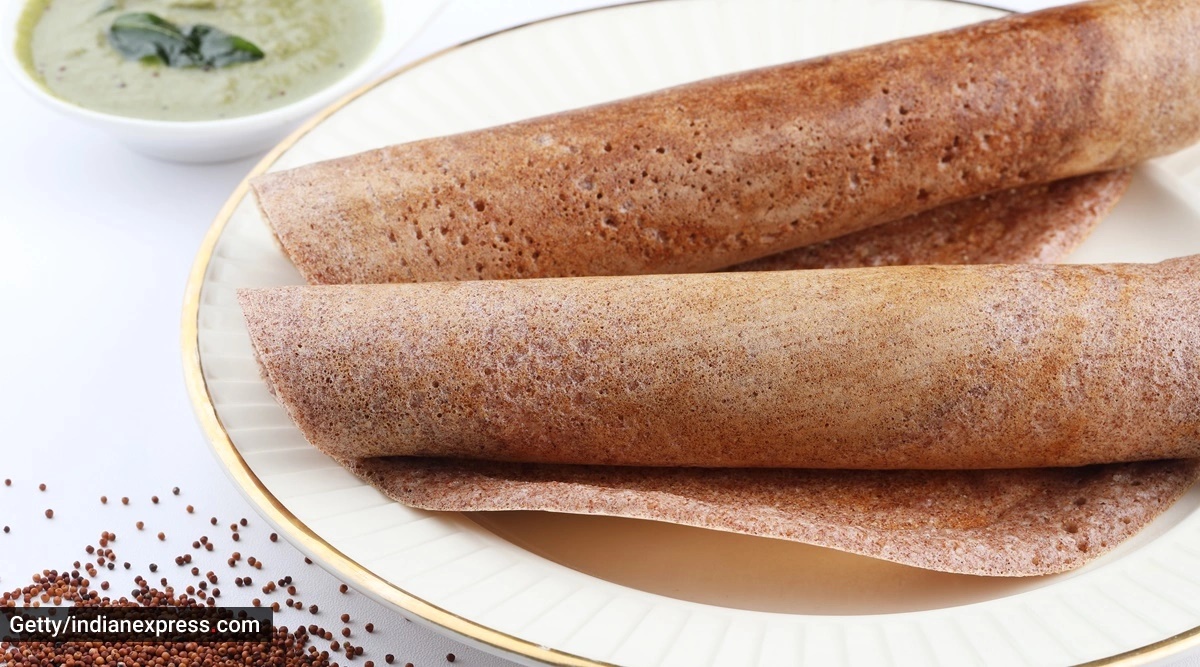📣 For more lifestyle news, click here to join our WhatsApp Channel and also follow us on Instagram
Myth or fact: Rich in calcium, ragi is a healthy substitute for milk and other dairy products
Ragi is considered as a superfood that is rich in calcium and contains fibre, potassium, zinc, iron, and magnesium, said Yogita Chavan, dietitian, Godrej Memorial Hospital
 Is ragi better than milk for calcium? (Source: Getty Images/Thinkstock)
Is ragi better than milk for calcium? (Source: Getty Images/Thinkstock) For most people, calcium is synonymous with milk and many milk products. But, did you know that cereal grains like ragi, also known as finger millet, are also a rich source of calcium and can even be considered a substitute for the dairy product, especially for those who are lactose intolerant? So does that mean that those who don’t like the taste of milk can have ragi to meet their body’s calcium requirement?
Ushakiran Sisodia, registered dietician and clinical nutritionist, Nanavati Max Super Speciality Hospital, Mumbai agreed said that ragi is indeed a valuable source of calcium. “This cereal grain contains approximately 364 mg of calcium per 100 gm, contributing to its recognition as a nutritionally significant food source, particularly in vegetarian diets,” said Sisodia.
Adding, Dr Adrita Banarji (MD), consultant physician, Godrej Memorial Hospital mentioned that ragi has the potential to naturally reduce calcium deficiency. “Other than benefiting bone health, ragi also manages blood glucose, blood cholesterol, obesity, and hypertension, thereby reducing the risk of developing cardiovascular diseases,” said Dr Banarji.
However, while agreeing that ragi is a superfood that is rich in calcium and contains fibre, potassium, zinc, iron, and magnesium, Yogita Chavan, dietitian, Godrej Memorial Hospital pointed out that the tendency to avoid milk and milk products could result in bone-related issues later in life. “Having said that, in 100 gms of ragi, there is 364 mg of calcium in comparison to 100 ml cow’s milk containing 118 mg of calcium. So ragi is considered one of the better alternatives to the dairy in the cereal category,” Chavan told indianexpress.com.
 Do you have milk? (Source: Getty Images/Thinkstock)
Do you have milk? (Source: Getty Images/Thinkstock)
In what forms can you have ragi?
According to Chavan, ragi is “suitable for different age groups” and recipes can be made as per their preference. “Variety of recipes can be made using ragi flour like dosa, idli, porridge, rotis, and upma to get wholesome benefits of ragi. Ragi is a gluten-free millet and can be also consumed by gluten and dairy-sensitive individuals,” she added.
However, despite its noteworthy calcium content, it is important to acknowledge that ragi alone cannot replace milk or other dairy products in your diet, stressed Sisodia. “Milk provides not only calcium but also a well-balanced distribution of other essential nutrients like protein, vitamin D, and B vitamins. Furthermore, milk contains first-class protein, which has a high biological value, meaning it’s complete with all the essential amino acids your body requires for proper growth and repair,” mentioned Sisodia.
Milk alternatives
In case you are not a fan of milk or have an allergy, there are other viable alternatives you can consider for your calcium intake.
 You can make ragi dosa (Source: Getty Images/Thinkstock)
You can make ragi dosa (Source: Getty Images/Thinkstock)
“Dairy products like yoghurt or buttermilk are excellent substitutes, rich in calcium and also harboring probiotics, making it beneficial for gut health,” said Sisodia.
Additionally, nuts and seeds, such as cashews or almonds, are good sources of calcium. “Dry coconut, too, provides calcium along with other essential nutrients. Keep in mind that these should be consumed in moderation due to their high-caloric content,” said Sisodia.
Incorporating ragi into your daily diet is indeed a beneficial choice, given its high dietary fibre content, low glycemic index, and high calcium content. “However, it should complement, not substitute, other vital food sources in your diet. Remember that maintaining a well-rounded and balanced diet is key to achieving optimal nutrition and overall health,” Sisodia remarked.
📣 For more lifestyle news, follow us on Instagram | Twitter | Facebook and don’t miss out on the latest updates!
📣 For more lifestyle news, click here to join our WhatsApp Channel and also follow us on Instagram





- 01
- 02
- 03
- 04
- 05






















